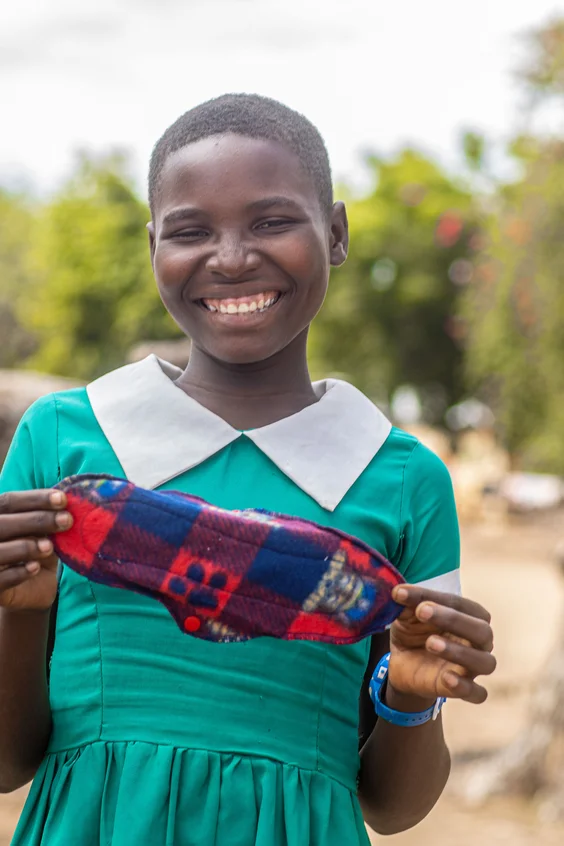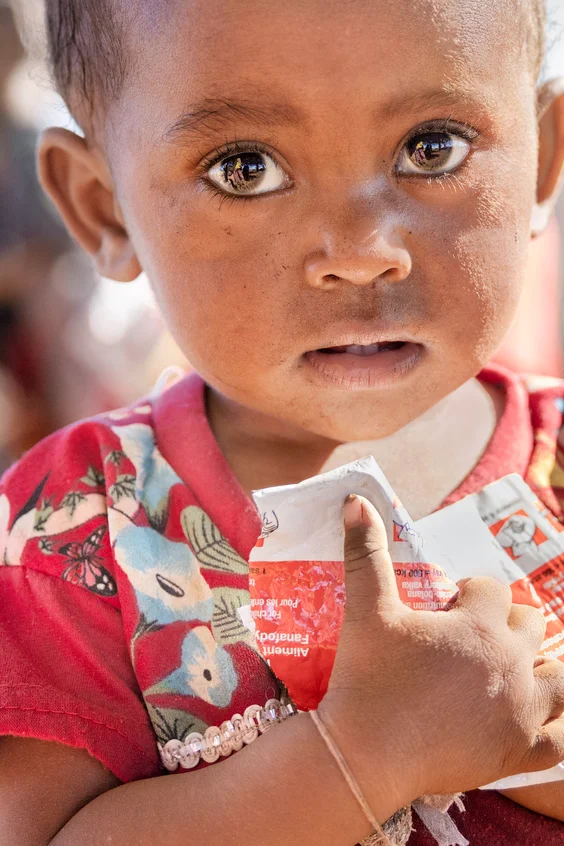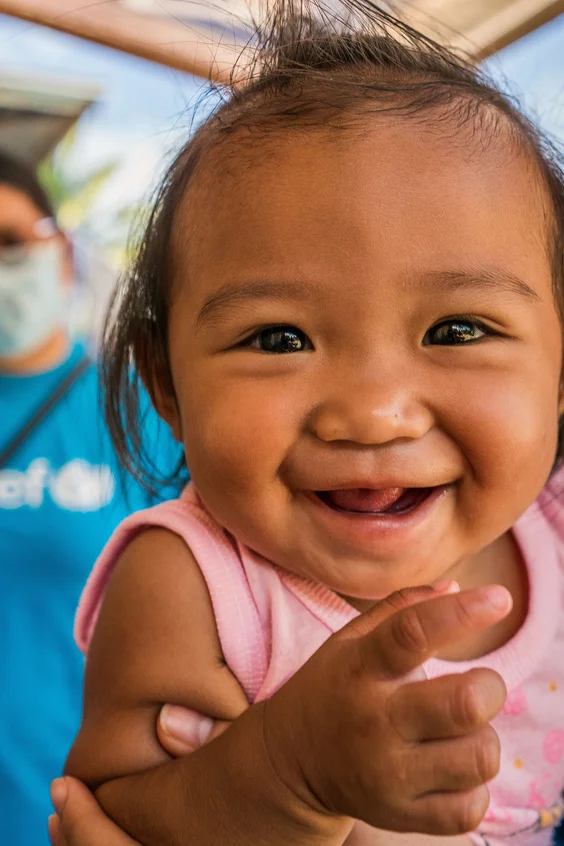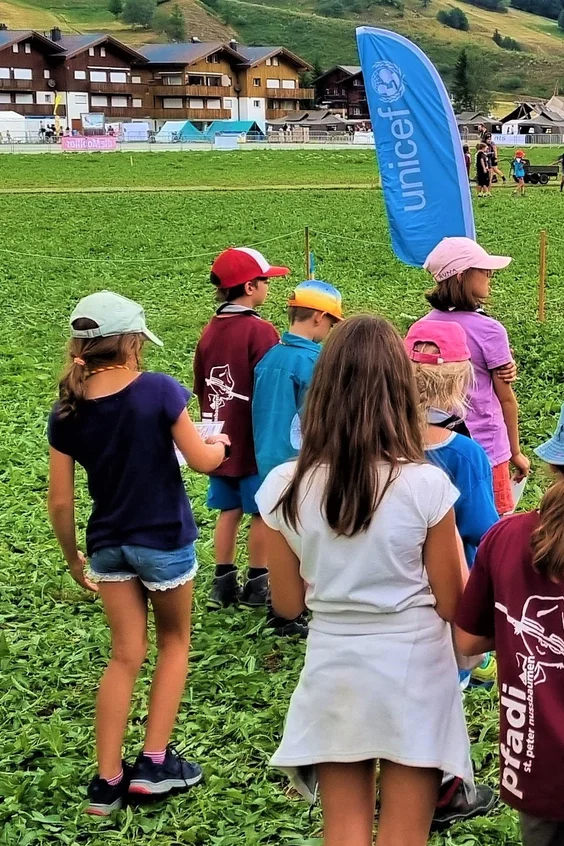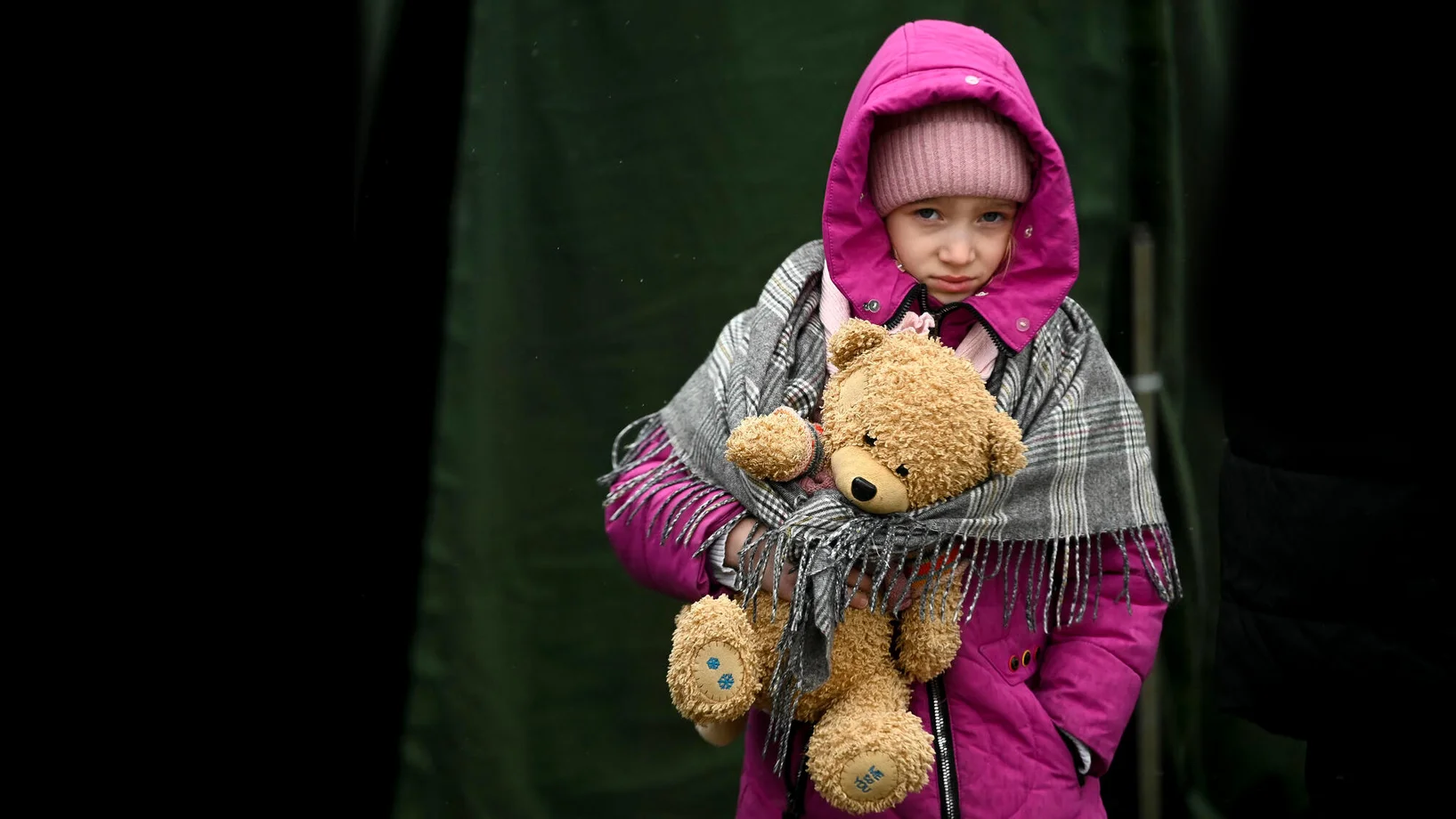UNICEF is staying
Afghanistan. The country is one of the most dangerous places to be a child.
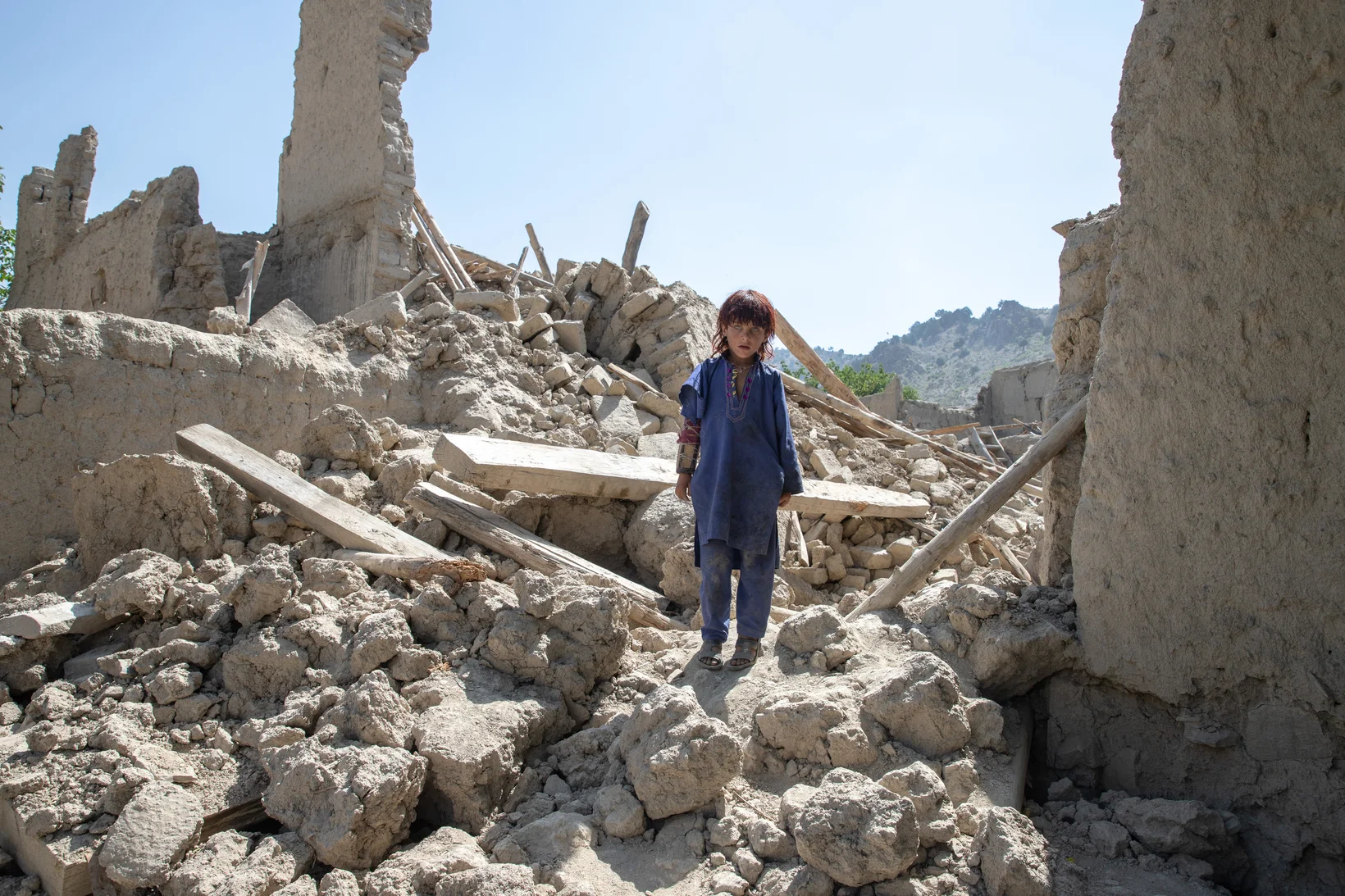
Poverty and one of the worst droughts in 37 years mean that more than half of Afghanistan’s population is dependent on humanitarian aid.
This includes 13.1 million children. UNICEF has been providing aid in the country for more than 70 years. This support is needed more urgently than ever. Last year, diseases such as diarrhea and cholera were once again on the rise, particularly in the regions that were destroyed by earthquakes in June 2022. Around 1.1 million children under the age of five are suffering from acute malnutrition. With so many of them malnourished, the risk of death among girls and boys in Afghanistan has continued to rise.
Girls are particularly at risk
97 percent of the population is affected by severe poverty. This forces families to marry off their daughters at an early age in order to obtain a dowry. They have to support their families with child labor, often under dangerous conditions. Many parents have had to sell their children to buy food. Even prior to 2022, 4 million girls were already not attending secondary school, and this figure has risen by a further million in the last year.
The health system in Afghanistan would collapse without UNICEF’s help. In this exceptional situation, UNICEF’s 2022 goals included reaching 15.3 million people, 8.1 million of whom are children, with medical aid and providing 7.5 million children with access to education. UNICEF’s funding requirement for 2022 amounted to USD 2 billion. By the end of that year, however, it had raised only 53 percent of this funding internationally. In 2022, support from UNICEF Switzerland and Liechtenstein meant that more than 18 million people were granted access to primary healthcare and 662,866 children under the age of five received life-saving treatment for severe acute malnutrition. 6.6 million people were given access to safe water. More than 5 million school-age children received learning materials. 9.2 million girls, boys and caregivers were given access to child protection services.
The top priorities included treatment for severely acutely malnourished infants, measles vaccination, access to safe water and hygiene. In education, the main area of focus was support for children who had dropped out of the school system. Humanitarian aid was expanded with the distribution of cash transfers to cover basic needs such as food, warm clothing and medicine.
